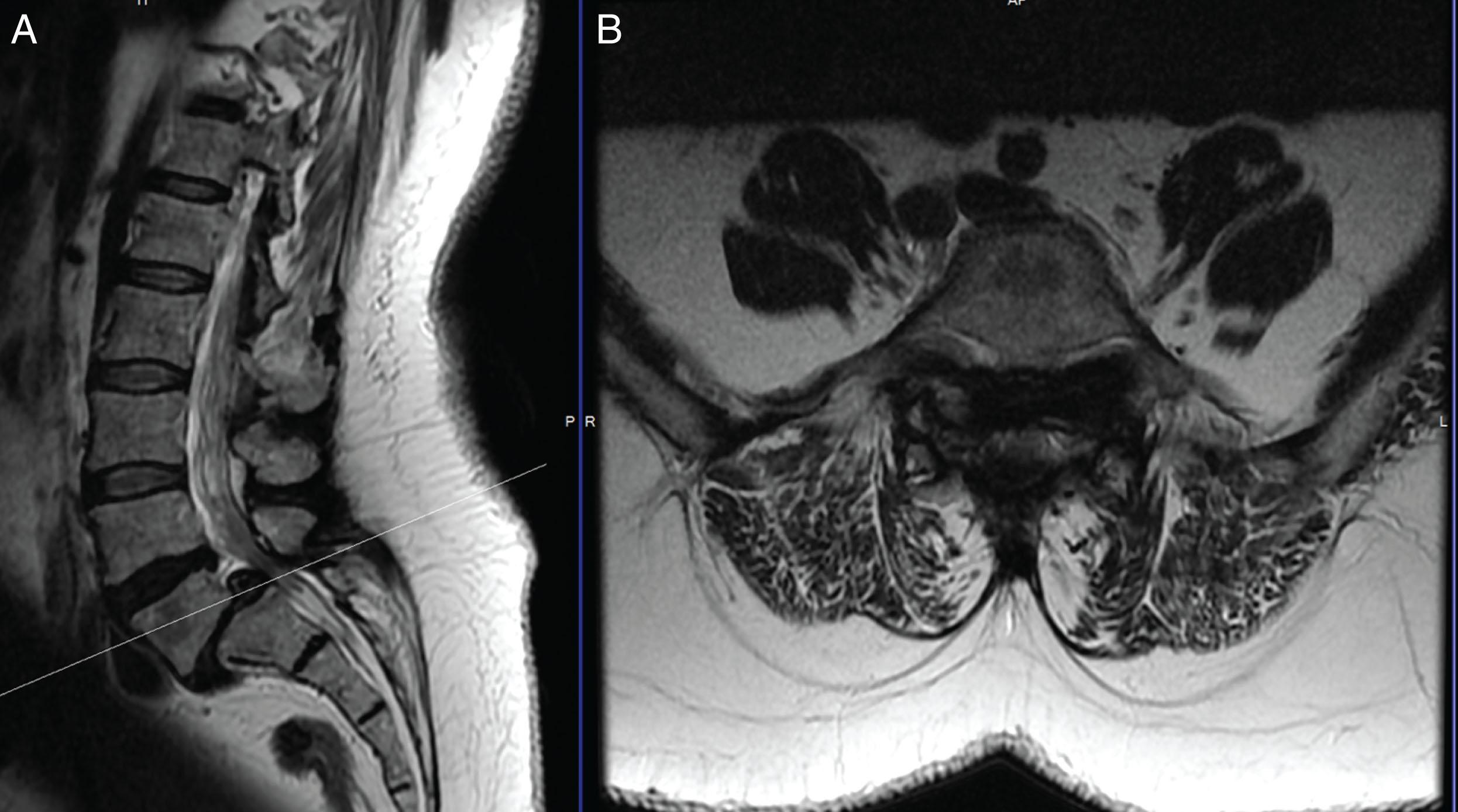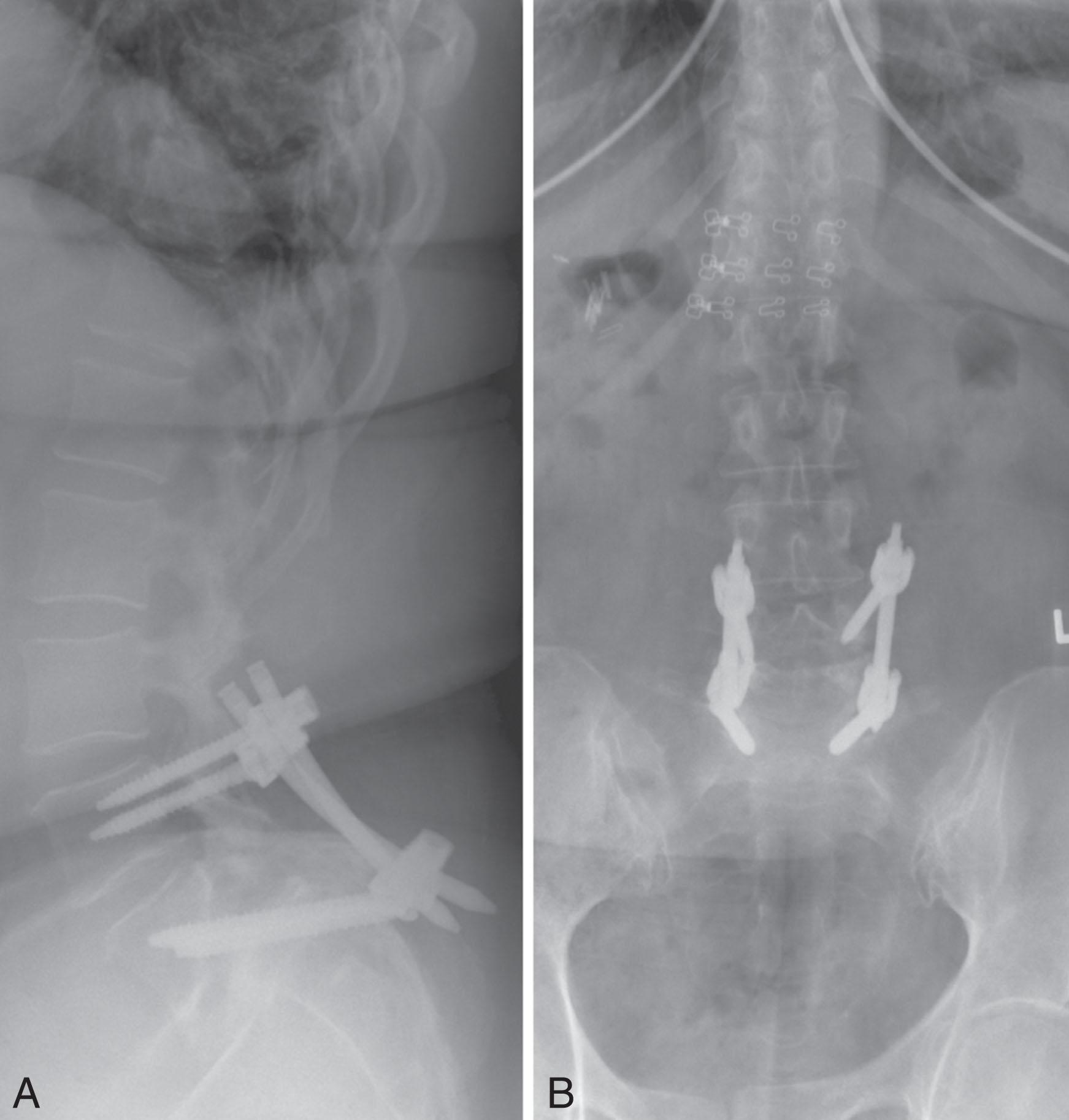Physical Address
304 North Cardinal St.
Dorchester Center, MA 02124
Intraoperative image-guided (IG) navigation and robotic assistance in spine surgery have traditionally been used to improve pedicle screw placement accuracy, decrease radiation exposure for operating room staff and patients, help surgeon ergonomics, and improve overall surgical outcomes. More recently, however, the application of these technologies has expanded to include the resection of spinal column and intradural tumors, evacuation of infection, revision arthrodesis surgery, and deformity surgery.
Intraoperative IG navigation systems provide real-time image guidance via reconstruction of images to three-dimensional (3D) spine representations in addition to navigation via an anatomic reference and surgical instruments with reference points. Multiple computed tomography (CT) based intraoperative IG navigation systems are in use today. For example, the StealthStation™ navigation (Medtronic©, Dublin, Ireland), which is a 360-degree CT scanner, utilizes intraoperative CT, a spinous process or iliac crest reference clamp, and surgical instruments with reference points to allow for surgeon-controlled navigated drilling, tapping, and screw placement during surgery. Another system is the Airo® Mobile Intraoperative CT platform (Brainlab©, Munich, Germany), which is similar to the StealthStation with the exception of using a 360-degree CT scanner attached to the OR table. A robust body of literature has established the advantages of 3D navigation in spine surgery including improved screw placement accuracy. New alternative IG systems include the 7D Surgical System (7D Surgical©, Toronto, Canada), which utilizes camera-based imaging to register bony anatomy through machine vision technology. Such systems reduce radiation exposure by circumventing the need for CT or fluoroscopy intraoperatively and may can help streamline intraoperative workflow, although further studies are needed to evaluate this new technology.
Robotic-assisted spine surgery goes beyond intraoperative IG. It not only utilizes imaging for trajectory planning by the surgeon, but also provides an automated robotic arm that manipulates surgical instruments. To date, the FDA has approved three robotic systems for spine surgery: Mazor X™ (and its prior iterations Renaissance™ and Spine Assist™; Mazor Robotics©, Caesarea, Israel), ROSA® robot (Medtech Surgical©, Montpellier, France), and ExcelsiusGPS™ (Globus Medical©, Audubon, PA, USA). The Mazor X™ robot attaches to the OR table and has a surgical arm that moves to a predetermined trajectory, a camera with 3D spatial tracking, and a computer program that allows for preoperative screw trajectory planning and intraoperative trajectory verification. Several studies have shown greater accuracy in pedicle screw placement using Mazor Rotobitcs© compared to conventional fluoroscopy-assisted free-hand techniques. The ROSA® robot uses intraoperative planning and navigation to determine the surgical arm trajectory. Its camera system tracks a reference clamped to the patient and a reference attached to the robot; the tracking feedback is used by the robot to adjust its position if the patient moves. A retrospective study has shown improved accuracy of screw placement with ROSA® compared to the free-hand technique. Lastly, the ExcelsiusGPS™ provides intraoperative imaging, trajectory planning, and screw placement through a rigid external arm that allows for navigated drilling and navigated interbody cage placement without the use of K-wires. The robot does not attach to the OR table or patient and tracks its dynamic reference base with a second surveillance marker for movements. Several studies have shown accurate percutaneous and open pedicle screw placement with the ExcelsiusGPS™. In a recent meta-analysis of pedicle screw accuracy for all methods (robotic-assisted, CT-based navigation, fluoroscopy-assisted, and free-hand), CT-based navigation had the overall highest accuracy rate, although in the thoracic spine, robotic assistance showed the highest accuracy.
While the short-term benefits of robotic-assisted spine surgery have been well established, its definitive long-term clinical advantages have not yet been proven. Two recent randomized controlled trials evaluated the long-term (1- and 2-year) outcomes after robotic-assisted pedicle screw fixation with the Renaissance™ system versus the conventional free-hand technique. The patients reported similar quality of life measures across the groups. In one study, two patients in the free-hand group required revision surgery while none in the robotic group did. In the other study, the free-hand group had more adjacent segment degeneration. The long-term outcomes using robotic surgery need further investigation.
As work evaluating the new generation of robotics continues to unfold, a combined approach integrating navigation and robotic assistance may prove to be superior to the current standard of care. While the overwhelming majority of work done with robotics has focused on facilitating screw placement, the future may in fact see robots providing a much larger role in spine procedures. Here, we present two cases demonstrating the potential use of robotics for novel methods of screw placement and navigated assistance for corpectomy and interbody cage placement.
Here, we present our experience performing a robotic-assisted L4–S1 fusion for grade 2 spondylolisthesis. In this case, we demonstrate how the use of navigated-robotics technology allows us to place screws in an entirely novel trajectory (transvertebral, instead of through the pedicle) that would not otherwise be feasible without navigation or robotic guidance.
A 66-year-old woman with a prior history of hypertension, anxiety, and sleep apnea presented with one year of severe low back pain radiating to the right lower extremity and bilateral lower extremity numbness. The patient was neurologically intact on examination.
The preoperative lumbar spine MR imaging demonstrated grade 2 L5/S1 spondylolisthesis with severe central and foraminal stenosis ( Fig. 10.1 ).

The patient underwent an L4–S1 robotic-assisted lumbar decompression and fusion using the ExcelsiusGPS robot. After standard prone positioning on the Jackson table and sterile preparation and draping, the ExcelsiusGPS™ Dynamic Reference Base (DRB) and surveillance markers were placed on the posterior superior iliac spines. The intraoperative CT (iCT) fixture was then attached, and the O-arm was brought into use. A 3D CT scan was rendered and sent to the robotic system for screw trajectory planning.
Due to the patient’s steep lumbosacral angulation and pedicle anatomy, we found that the trajectories of the L5 and S1 pedicles in this patient would overlap and the screw heads would collide. We therefore used our navigation technology to plan a more favorable transvertebral screw trajectory from the S1 vertebral body into the L5 vertebral body and crossing the disk space. This was planned bilaterally for the L5/S1 screws. We then removed the iCT fixture, exposed the spine in the routine manner, and used the ExcelsiusGPS™ robotic arm to place these screws in an open, robotic- or navigation-assisted fashion. The standard L4 pedicle screws were also placed using the ExcelsiusGPS™ robot ( Fig. 10.2 ).

After confirming good hardware placement, a routine lumbar decompression, including full laminectomy and bilateral foraminotomies, was performed. Rods were placed, the transverse processes and lamina were decorticated, and demineralized bone matrix was placed to promote fusion. A routine, multi-layered closure was performed.
The postoperative lumbar radiographs demonstrated the L4–S1 fusion construct with the L5/S1 transvertebral screws in excellent position ( Fig. 10.3 ).

At the two-month postoperative follow-up, the patient’s lower back and right lower extremity pain had resolved. She regained full strength in all muscle groups and ambulated independently without the use of an assistive device.
Transvertebral screw placement is typically not performed via a free-hand technique due to a paucity of anatomic landmarks. There is particular concern regarding the possibility of entering the foramen and causing injury to the nerve root via a free-hand technique. However, with the real-time image guidance and preoperative planning provided by ExcelsiusGPS™, this procedure can be performed with a greatly reduced risk of complications. The advantages of the transvertebral screw technique include tri-cortical purchase and placement of a much longer screw than the routine lumbar pedicle screw trajectory.
Become a Clinical Tree membership for Full access and enjoy Unlimited articles
If you are a member. Log in here